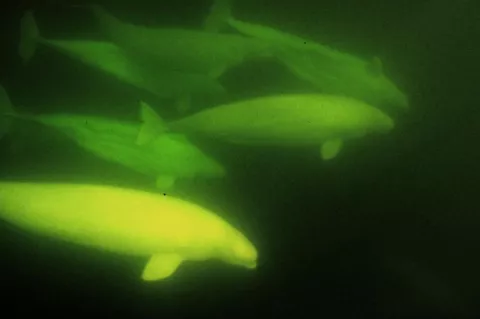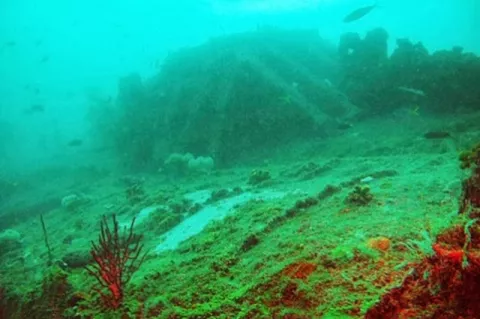Comb jellies are our oldest cousins, not sponges
The phylogenetic relationship of ctenophores (comb jellies) to other animals has been a source of long-standing debate.
Until recently, it was thought that Porifera (sponges) was the earliest diverging animal lineage, but recent reports have instead suggested Ctenophora as the earliest diverging animal lineage.
For the past 30 years, researchers have used whole-genome sequencing of organisms to advance their understanding of evolution.






